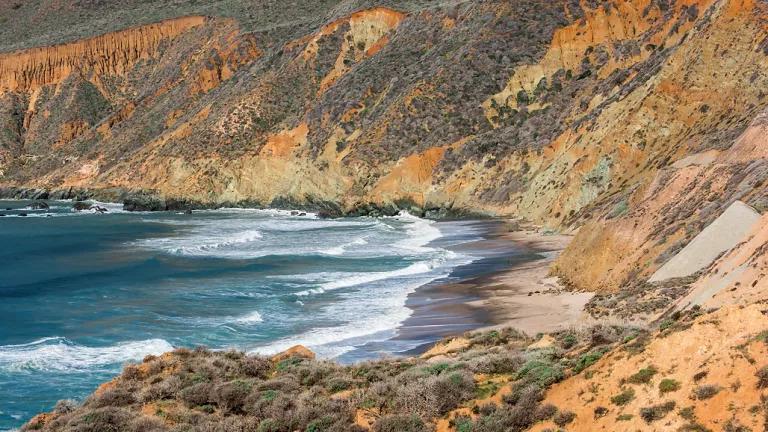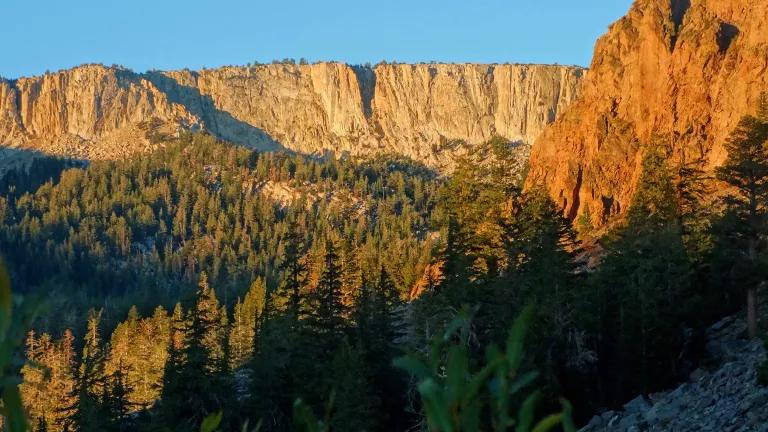Public Banks Will Help Fight Climate Change!
Public Banks restore economic power to local communities, empowering them to invest in projects that fight climate change and improve their quality of life.

Public Banks restore economic power to local communities, empowering them to invest in projects that fight climate change and improve their quality of life.
The oldest publicly-owned bank in the US is the Bank of North Dakota (BND), established in 1919 with a mission “to promote agriculture, commerce and industry.” As the President of BND stated in their latest annual report, “during its first 99 years, BND returned more than $1 billion to the state through the general fund, infrastructure, disaster relief and other special programs. This doesn’t count the thousands of student, business, home and agricultural loans that allowed our residents to achieve their dreams.” The oldest and only current public bank in the country has demonstrated decades of economic development within the state.
How do public banks work?
Public banks give back to the community in a variety of ways. They can build and strengthen relationships by keeping their assets local, which decreases large fees for cash management services and investing time in their customers. For example, a public bank provides more innovation and collaboration such as investing in local parks to keep them open for community events. A public bank can provide funds to enhance job training programs in energy efficiency retrofits, solar panel installations, zero carbon construction and sustainable gardening.
A great example of public banking is the German Sparkassen, which is a network of over 400 municipal banks in Germany responsible for financing hundreds of renewable energy installations and energy efficiency retrofits. The resources provided by public banks serve to address growing pressures of responding to natural disasters as well as transitioning to a clean economy. There are countless opportunities and examples, but the bottom line is that public banks provide a variety of benefits to the local economy that currently get overlooked by large institutions.
How could this work in California?
Legislation in California builds on this legacy and produces a regulatory framework for promoting the public interest. AB 857 co-author Assembly Member David Chiu said, “it is time that banks start working on behalf of the people, not Wall Street investors,” while co-author Assembly Member Miguel Santiago said, “our resources should be invested in parks and green spaces, free community college, new schools, new infrastructure and clean air.”
Assembly Member Santiago worked on a similar effort last year, and a large coalition of diverse created a coalition of grassroots advocates to pushing for public banks.
A California public bank would determine how to use local government money, as well as how to invest all the money saved from not having to pay fees on banking procedures can instead be used to promote better access to green spaces, energy efficiency jobs and sustainable agriculture. Specific language in the bill asks for a qualitative assessment of the social and environmental benefits and costs of the proposed public bank. The bill also requires a partnership between the public bank and a large chain bank to provide retail services such as affordable loans and lines of credit to local businesses.

How Green Banks Assess and Report Impacts image
AB 857 allows a local city, county, or joint powers authority to apply for a banking charter from the California Department of Business Oversight to establish a public bank. The process will begin with a pilot program issuing 10 public bank charters over a 7-year trial period.
Finally, the bill would require public banks to go through an application process demonstrating the governance structure protects customers and avoids conflicts of interest and obtains and maintains deposit insurance from the Federal Deposit Insurance Corporation (FDIC). There will be four layers of regulatory oversight from the local bank board of directors, to the CA Department of Oversight, the Federal Reserve, and the FDIC.
We look forward to California and other states adopting public banks that empower local communities to fund and finance social and environmental projects fighting climate change and promoting a green economy. Public banking is one of many solutions to fight climate change, and we urge Governor Newsom to sign AB 857 into law.



